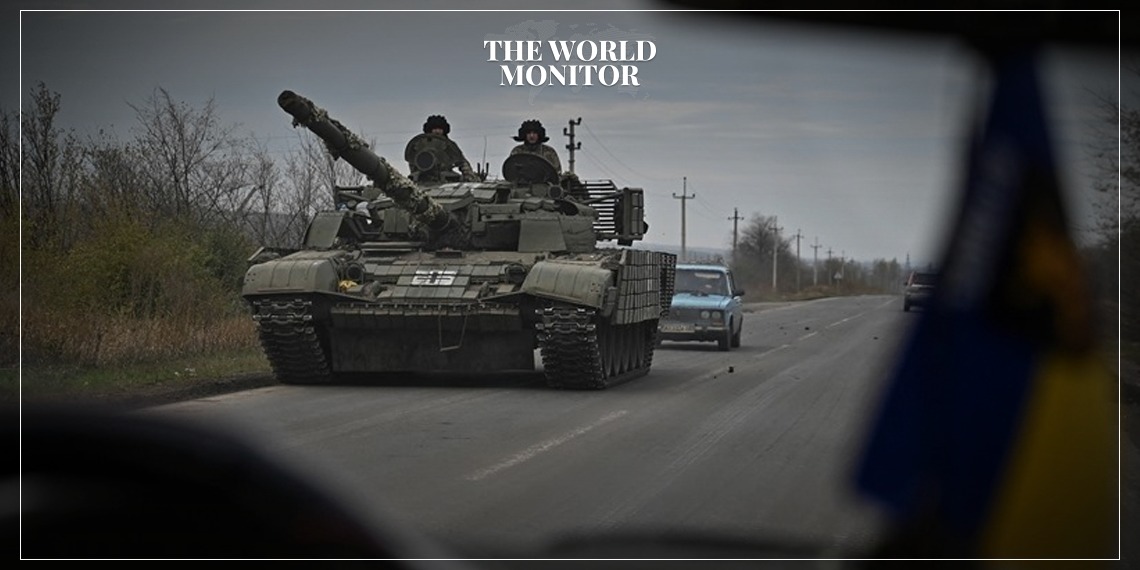Yevgeny Balitsky, the Governor of Zaporizhzhia region, reported on Monday that Russian forces have destroyed up to five German-made Leopard tanks in the Zaporizhzhia front over the last several days.
Concurrently, Ukrainian officials in the Black Sea port city of Odessa have reported that late Sunday drone strikes by Russian forces resulted in at least five injuries, set grain-laden trucks ablaze, and caused damage to one of the city’s prominent art museums.
Governor Balitsky, in a briefing to journalists, stated with pride that “in our direction, over the past ten days, more than five Leopard tanks have been destroyed, almost all of them using Lancet drones.”
This success, according to Russian state news agency Sputnik, signifies the improving prowess of their fighters in employing modern combat techniques. Balitsky echoed President Vladimir Putin’s sentiments, claiming the enemy is currently unable to mount a substantial resistance against their tactical defenses, which are capable of maneuvering effectively.
Balitsky further claimed that the dire situation for the enemy forces has limited their offensive capabilities, forcing them to target populated areas. “This is all they can do now because, thanks to the resilience of our weapons and the combatants’ ability to stand firm and maneuver defensively, our forces have managed to repel the counter-attack,” he said.
Meanwhile, in Odessa, officials are grappling with the aftermath of drone attacks believed to be orchestrated by Russian forces.
Oleg Kipren, the Governor of the Odessa region, conveyed via the Telegram app that the strikes have not only injured civilians but have also targeted infrastructure crucial for food supply and cultural heritage.
On the eve of the 124th anniversary of the Odessa National Art Museum, the Russians marked the occasion with a missile strike, causing structural damage to the building, with several windows and panes shattered.
This recent surge in hostilities marks a significant uptick in the ongoing conflict, highlighting the continuing tensions and the broadening impact on cultural sites and civilian infrastructure in Ukraine.






